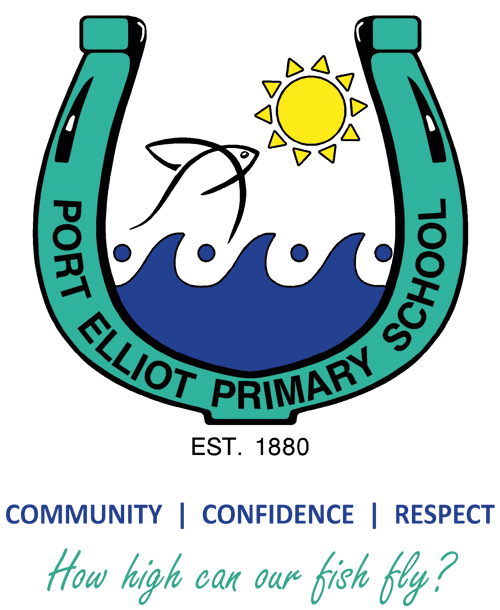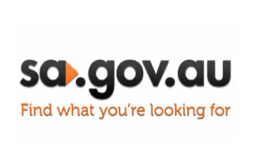Sun-Safe Policy
Rationale
Australia has the highest incidence of skin cancer in the world with 140,000 new cases and 1000 deaths recorded each year. There are four factors, often occurring simultaneously, which contribute to these statistics:
1. The population is predominantly fair skinned.
2. Ultraviolet light from the sun is of sufficient intensity to induce skin cancer in the susceptible population.
3. For most of this century social values have supported the belief that a suntan is healthy and attractive.
4. Lifestyle, work, school and recreation habits expose people to the sun for long periods of time.
Skin damage, including skin cancer, is the result of cumulative exposure to the sun. Much of the damage occurs during childhood and adolescence. Research suggests that severe sunburn is a contributor to skin cancer and other forms of damage such as wrinkles, sunspots, blemishes and pre-mature ageing. Most skin damage and skin cancer is therefore preventable.
Primary schools can help reduce the incidence of skin cancer and the number of related deaths by encouraging all members of the school community to take effective skin-protection measures.
Aims
- The aims of our Sun Safe policy are to promote among students, staff and parents:
- Positive attitudes towards skin protection.
- Lifestyle practices which can help reduce the incidence of skin cancer and the number of related deaths.
- Personal responsibilities for and decision-making about skin protection
- Awareness of the need for environmental changes in schools to reduce the level of exposure to the sun.
Implementation Strategies for Skin Protection
This policy is for implementation throughout the year with particular emphasis in terms 1 & 4 and at recess, lunch and for the bus children.
The purpose of the policy is to ensure that all children attending our school are protected from skin damage caused by the harmful ultraviolet rays of the sun.
General skin-protection strategies:
Children will wear Sun Safe hats which protect the face, neck and ears whenever they are outside. ie daily P.E., sports, walks, excursions, camps etc.
Children who do not have their hats on will play in an area protected from the sun.
Children will be encouraged to use available areas of shade for outdoor play activities.
Teachers will try to schedule outdoor activities at times of least exposure to high levels of U.V. rays.
Staff and parents will be encouraged to act as role models by practicing Sun Safe behaviour:
· wearing protective hats and appropriate clothing for all outdoor activities.
· using a SFP 30+ broad spectrum water resistant sunscreen.
· seeking shade whenever possible.
Continued disregard for this policy could result in stronger consequences than the first level direction to shaded areas.
The swapping of hats is not permitted as it might result in the transference of head lice.
The usage of sunscreen is not seen as a substitute for a hat.
Our School Will:
· Ensure that school hats are appropriate and satisfy the Anti-Cancer Foundation guidelines.
· Provide SFP 30+ broad spectrum water resistant sunscreen for staff and student use where necessary.
· Reinforce regularly the Sun Safe policy in a positive way through newsletters, parent meetings and student and staff activities.
When Enrolling a Child, Parents Will Be:
· Informed of the SunSafe policy.
· Requested to supply a hat for their child’s use.
· Encouraged to practise skin protective behaviour themselves.





